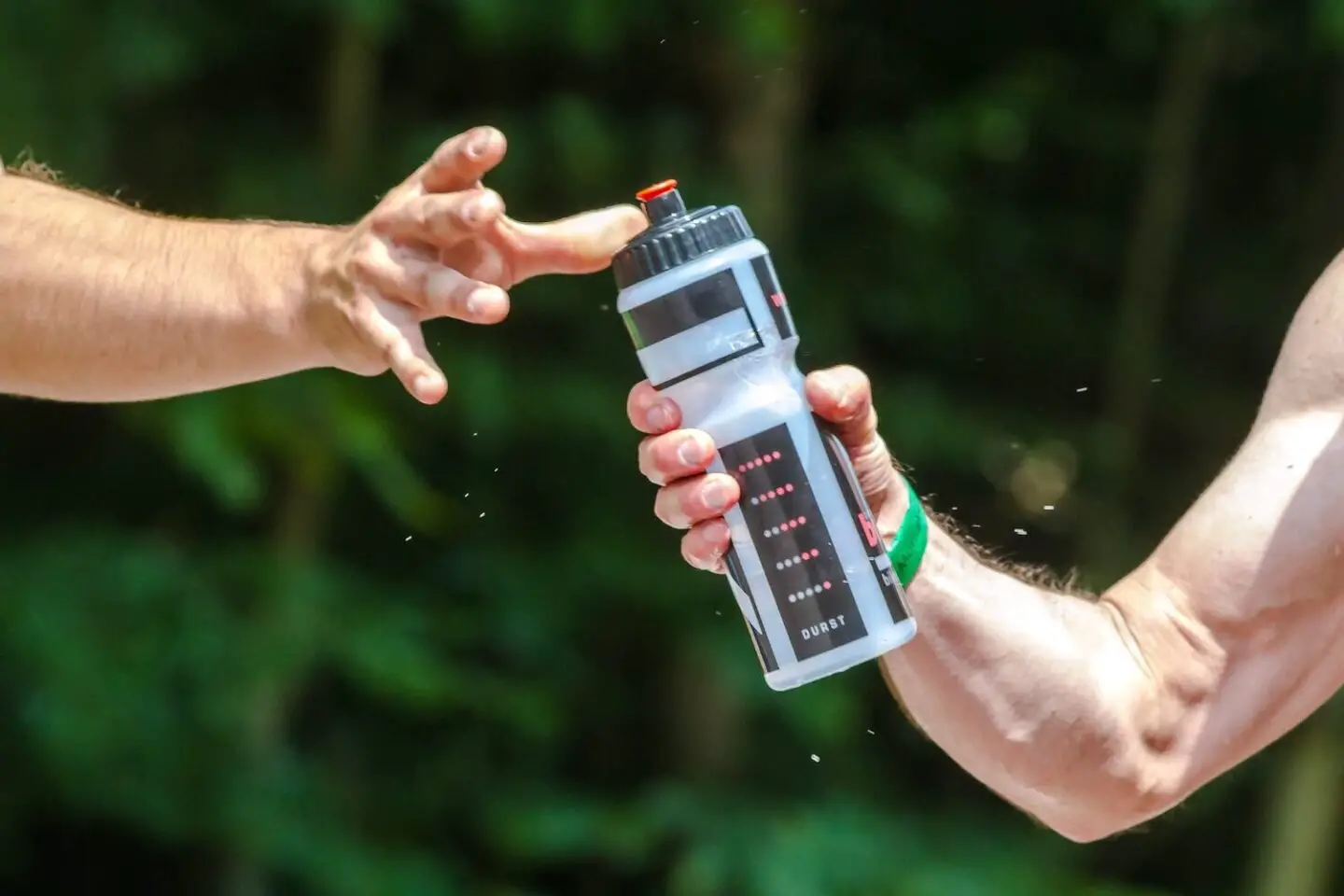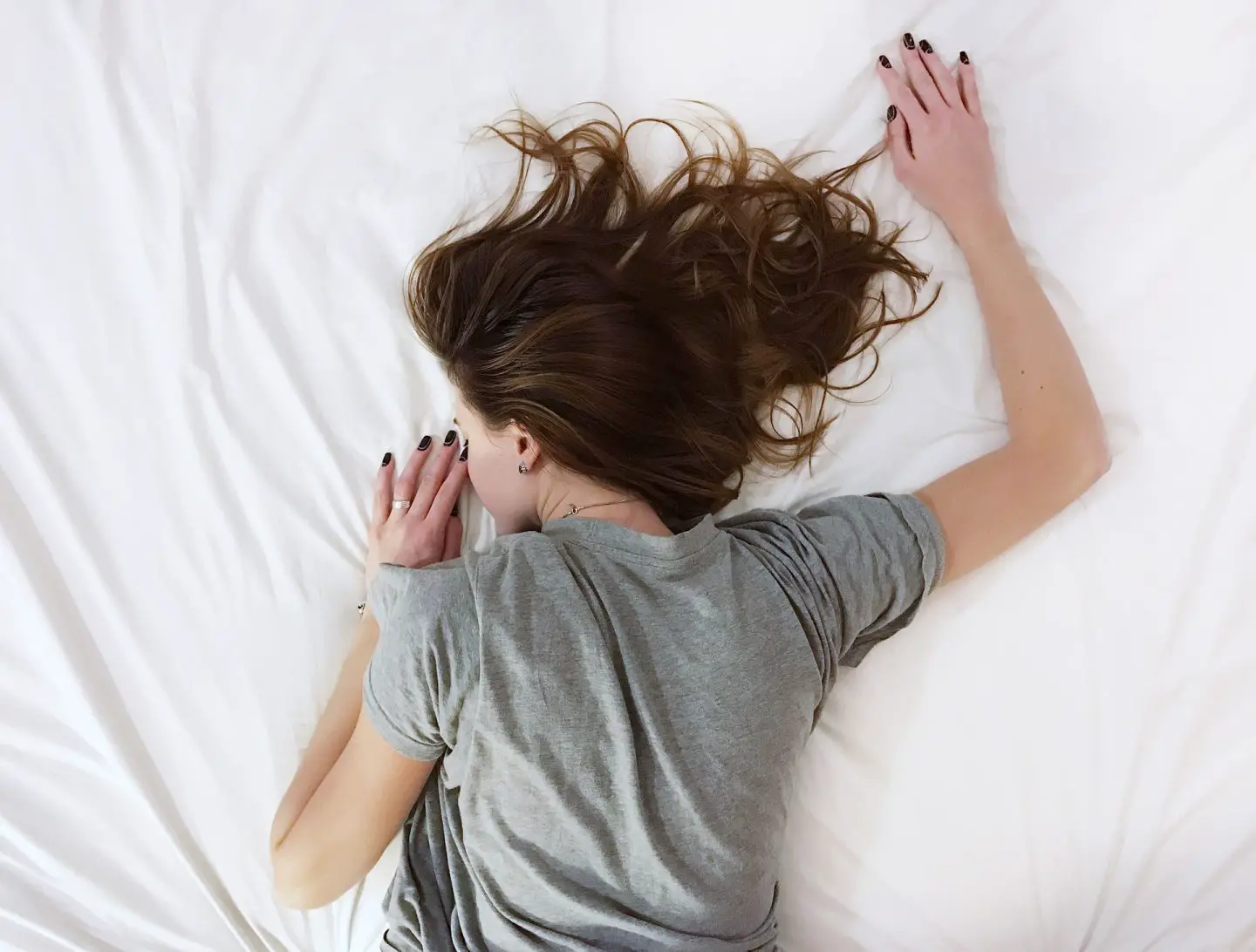AD | Sponsored Post
Are you a fan of mountains? Do you like rock climbing, zip-lining and gliding, but your migraine hinders your way? Do you always envy your friends having fun in the hills?
Medicines like Sumatriptan tablets are the quick fix to your problem. Keep them in your luggage, and your migraine will less likely destroy your adventurous trips.
Now that you have a reliable solution to high-altitude migraine let’s dig deeper into this problem.
What High Altitude Does To Your Migraine
The level of oxygen keeps decreasing as the altitude goes higher above sea level. This low level of oxygen supply to the brain triggers headaches and other symptoms of migraine. You may experience more frequent dizziness, nausea and headache. The intensity, duration and frequency of migraine attacks in hilly areas are higher than in plains. There are other factors like a sudden change of weather, low immunity and travel fatigue which may add up to worsen the problem.
How to Manage Migraine in High Altitude Areas?
There can be several ways to manage this high-altitude migraine effectively.
Stay Hydrated
Dehydration causes headaches, and the situation worsens if you suffer migraines. In cold weather, we usually reduce our intake of water, which takes a toll by triggering migraines. Keep a water bottle handy and frequently sip while strolling the mountain treks. Consuming a minimum of 2 litres of water is mandatory to prevent migraine and their symptoms in high-altitude areas.


Acclimate Your Body Gradually
Your body needs time to adjust itself to the new environment. Follow the steps of professional mountaineers and take time to adapt to high-altitude areas. Take a rest of two days on every one thousand feet ascent for a pleasant journey without the disturbance of migraine. Contact your doctor if the situation goes out of control. You can consider returning to a lower altitude if the high mountain trekking does not suit your physical condition.
Don’t Expose Yourself To Light
Snowfall in mountain areas affects the eyes directly. Always wear goggles or sunglasses that protect you against stinging light reflection and UV rays. This step is of great help because too much brightness can lead to severe migraine and nausea, even among people who have never experienced migraine or headaches earlier in their lives.
Motion Sickness Is Real
Travelling through hilly roads causes motion sickness, similar to migraine symptoms. However, nausea in motion sickness can lead to vomiting and make it more challenging to handle. So, take preventive medication to avoid motion sickness. Enjoy listening to your favourite stuff on headphones rather than sightseeing on the way through the spine-tingling turns of hilly roads.
Don’t Exhaust Yourself
Fatigue and exhaustion invites your migraine as nothing else can. You might feel dizziness after climbing a hill. You may also find yourself dehydrated after too much physical activity, which again causes migraine. So, don’t overdo yourself overwhelmed by your excitement for mountains. Take it slow. Let your body adjust itself to the lower levels of oxygen before jumping on gliding, hiking and zip-lining.
Follow Your Sleep Pattern
Sleep is a natural cure for migraine. Sudden disturbance of your sleep schedule due to travelling or climbing can lead to a throbbing migraine. If you have travelled to a different time zone, jet lag can be another culprit to ruin your sleeping routine. Try a warm shower and avoid using any gadgets well before bedtime. Turn off lights to increase melatonin production.


Monitor Caffeine Intake
Many of us are habitual of a certain amount of caffeine intake. In the rush of fun and adventure, people tend to mess up their coffee and tea routine. This lack of caffeine triggers migraine. On the other hand, many migraine patients increase their caffeine intake to keep themselves warm in cold hilly areas. This practice also promotes migraine.
Choose Your Activities Carefully
Zip-lining, gliding and even skiing are not your cups of tea if you often have dizziness. Similarly, rollercoasters and other such rides are a big no for migraine patients. Vertigo is not only a strong symptom of migraine; it also increases the intensity of your migraine attack. You can try hiking instead. There are many other activities in hilly resorts that do not require you to move upside-down. Plan some activities with your tour guide which leave a pleasant impact on you rather than a throbbing migraine.
High altitude migraine is real and natural, but there are many effective ways to manage it. Sumatriptan tablet is a good option to relieve migraine. Moreover, being careful in choosing the destination, mode of travel, food and drinks can be highly beneficial. Fill up your prescription medicines before you travel. Keep a check on your water intake. Follow your healthcare provider’s instructions, and you are good to go. To avoid all this, you should consult a travel health guide beforehand and get the best solutions to enjoy a peaceful trip to the hills.

